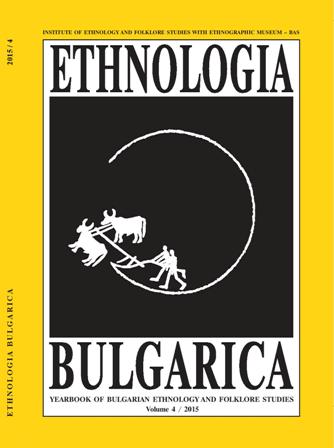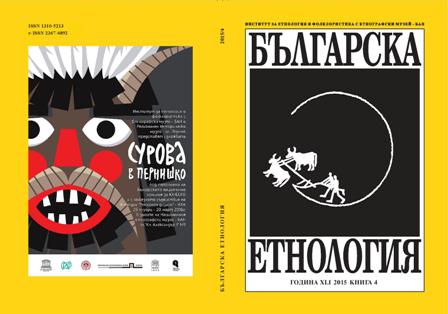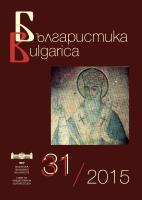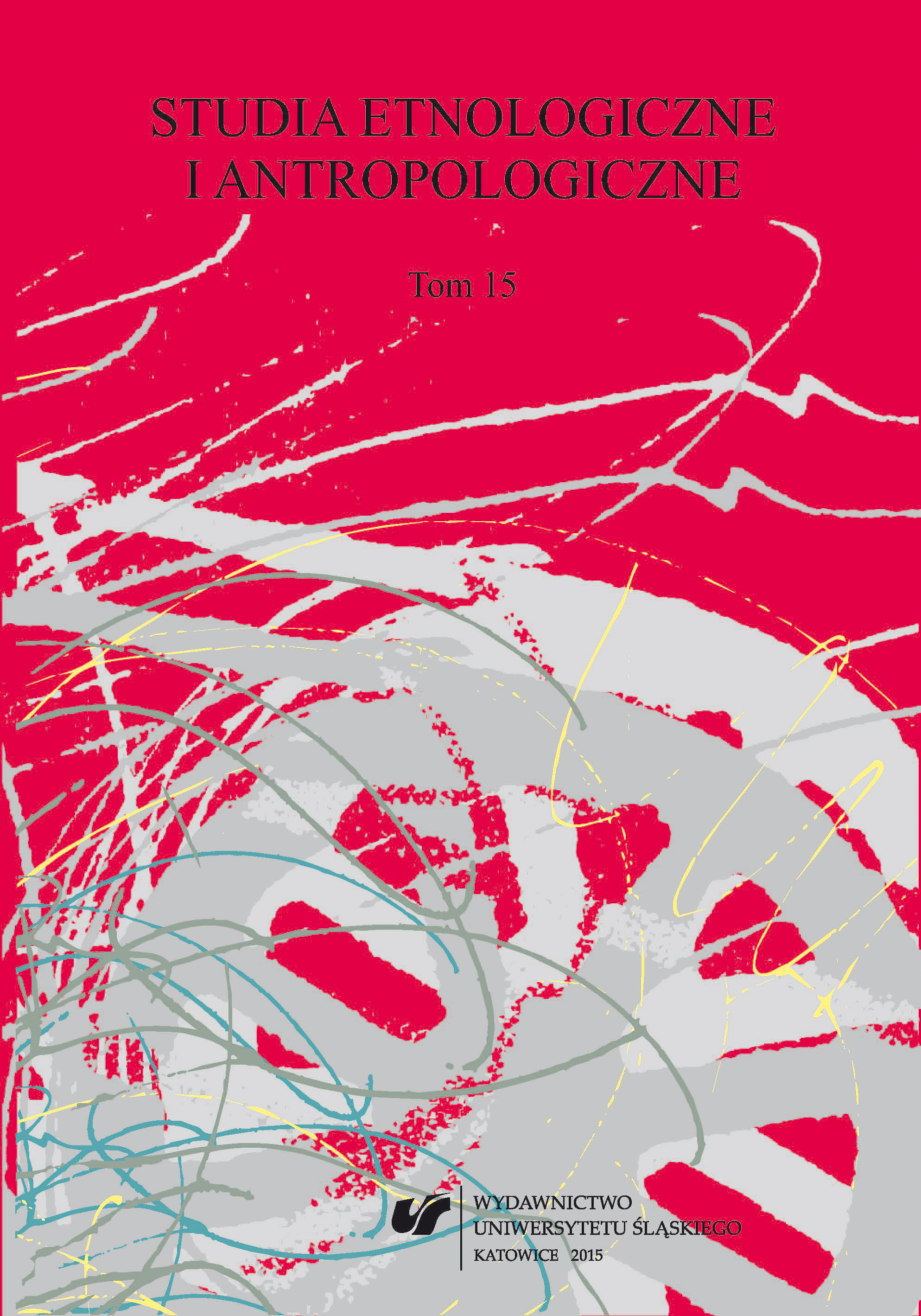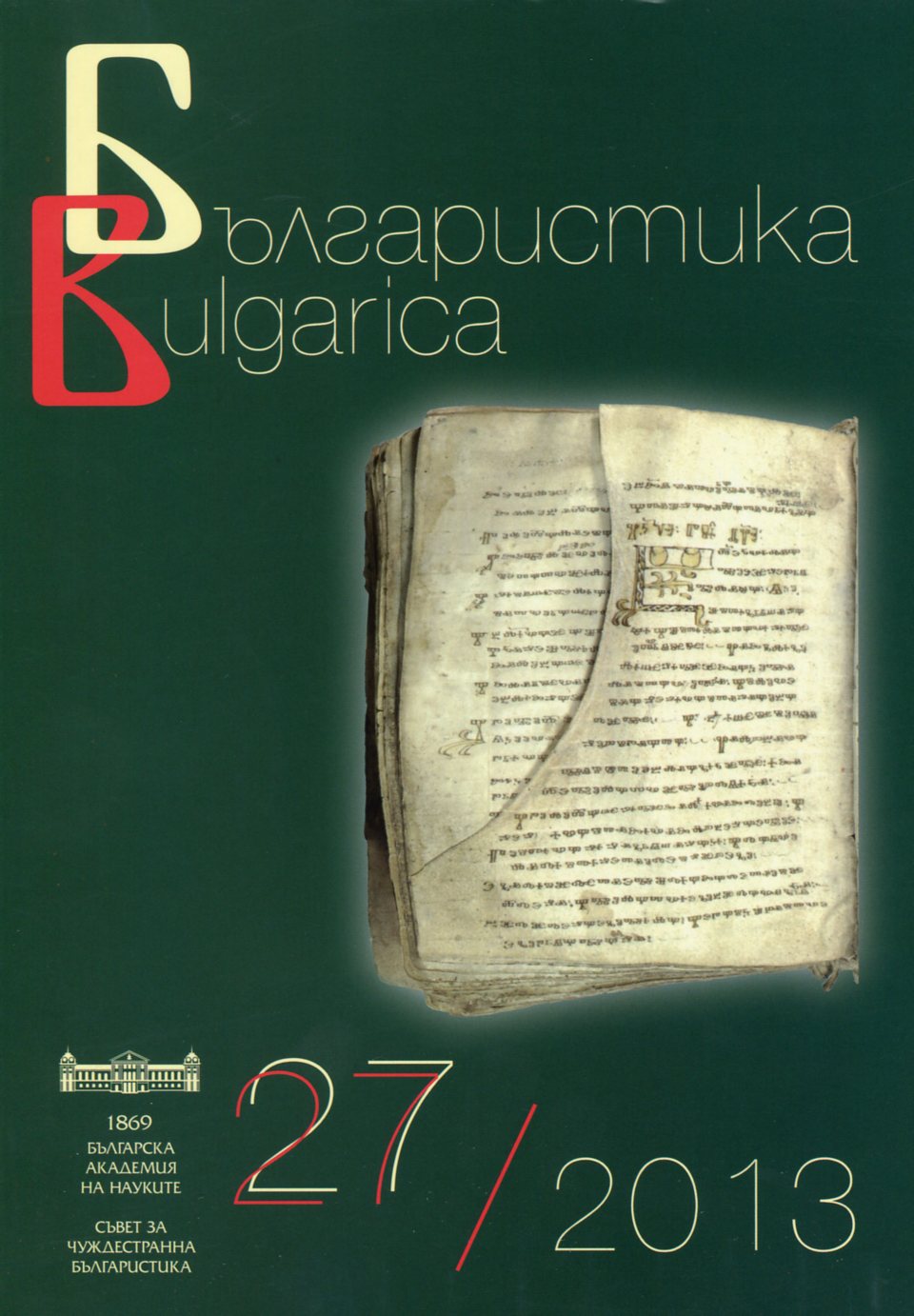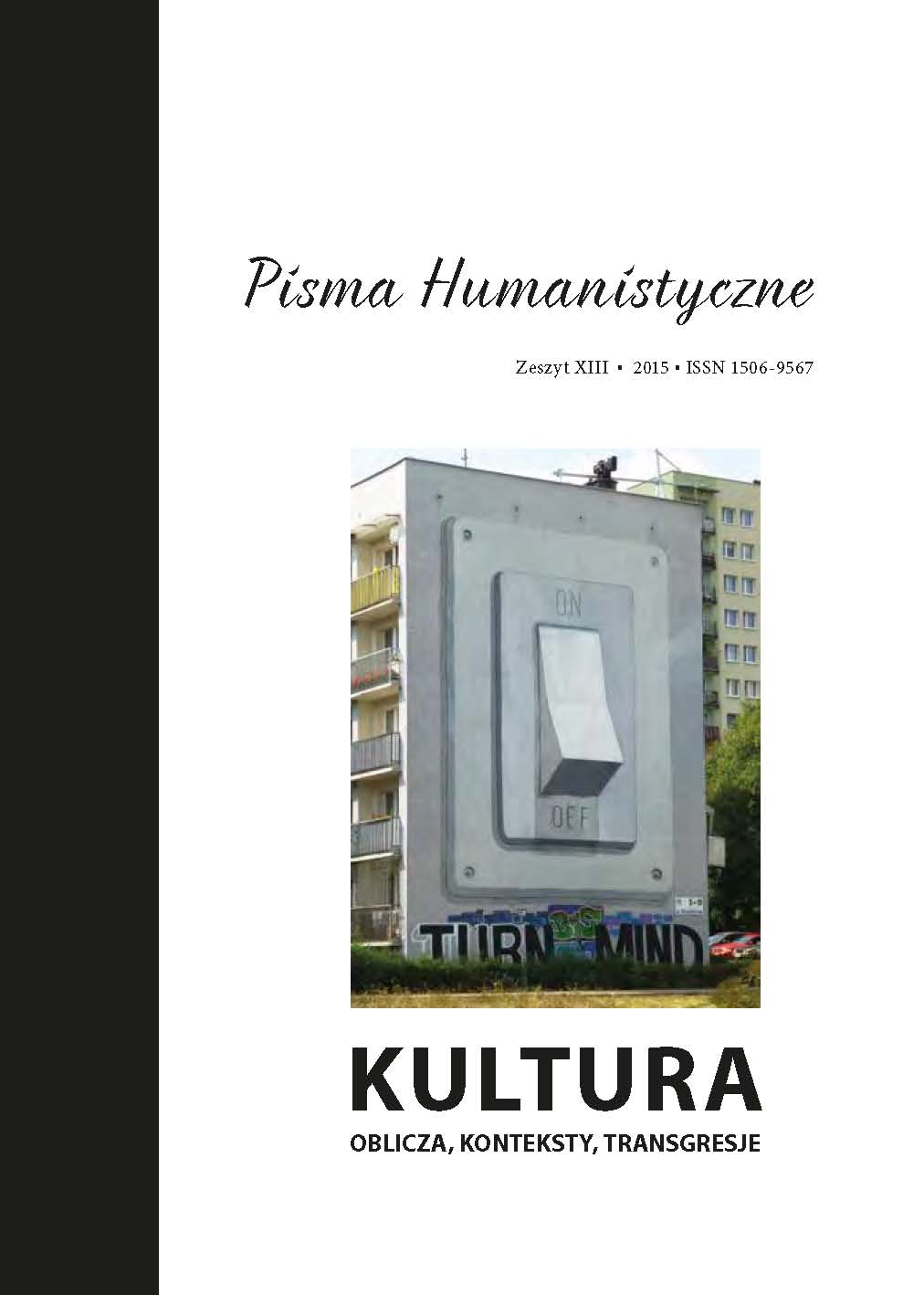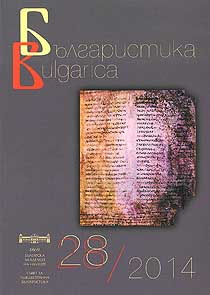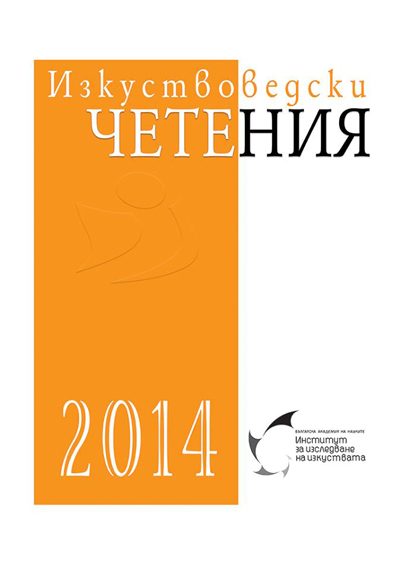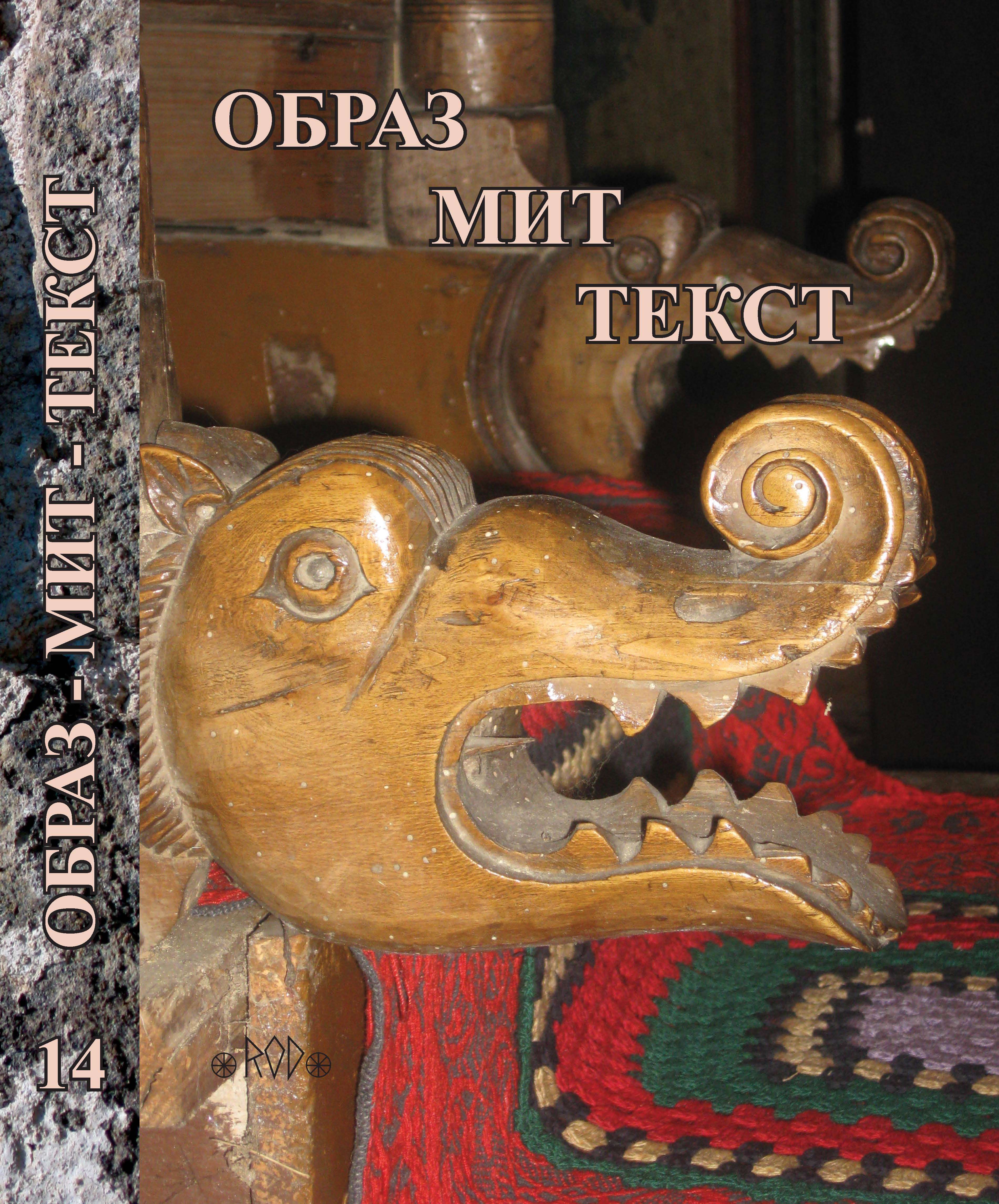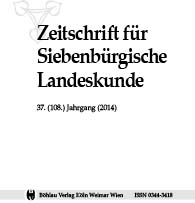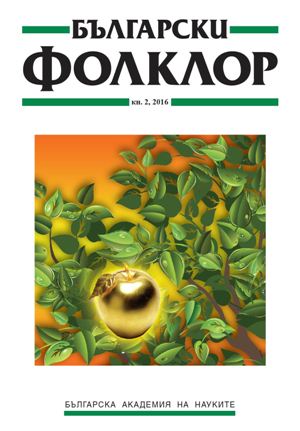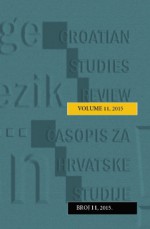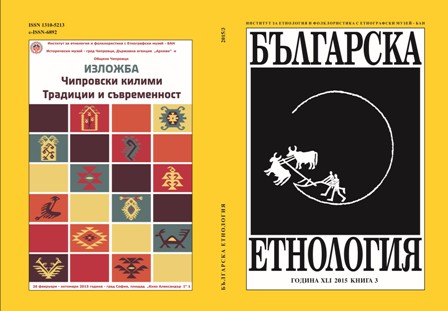
За ползата от категорията „слаб национализъм“
Introducing the category “weak nationalism,” this article emphasizes the scales of intensity and the different operational modes of nationalism across time and space, as well as within the same space. It refuses to create a model or another dichotomy – strong/weak – on a par with earlier ones like organic/civic, Eastern/Western, bad/good. Rather, it approaches nationalism as a binary variable on a scale from weak/low to strong/high. It argues to extend the research focus beyond the fixation on extreme cases to so called weak or weaker manifestations that remain subordinate and underresearched, all the time stressing the changeability of nationalisms in their local context and in the course of time. While it is a category more recognizable in a common sense approach than in a strictly quantifiable one, it can be identified and comparatively evaluated by the mobilizing ability of the nationalist message in the public sphere.
More...
